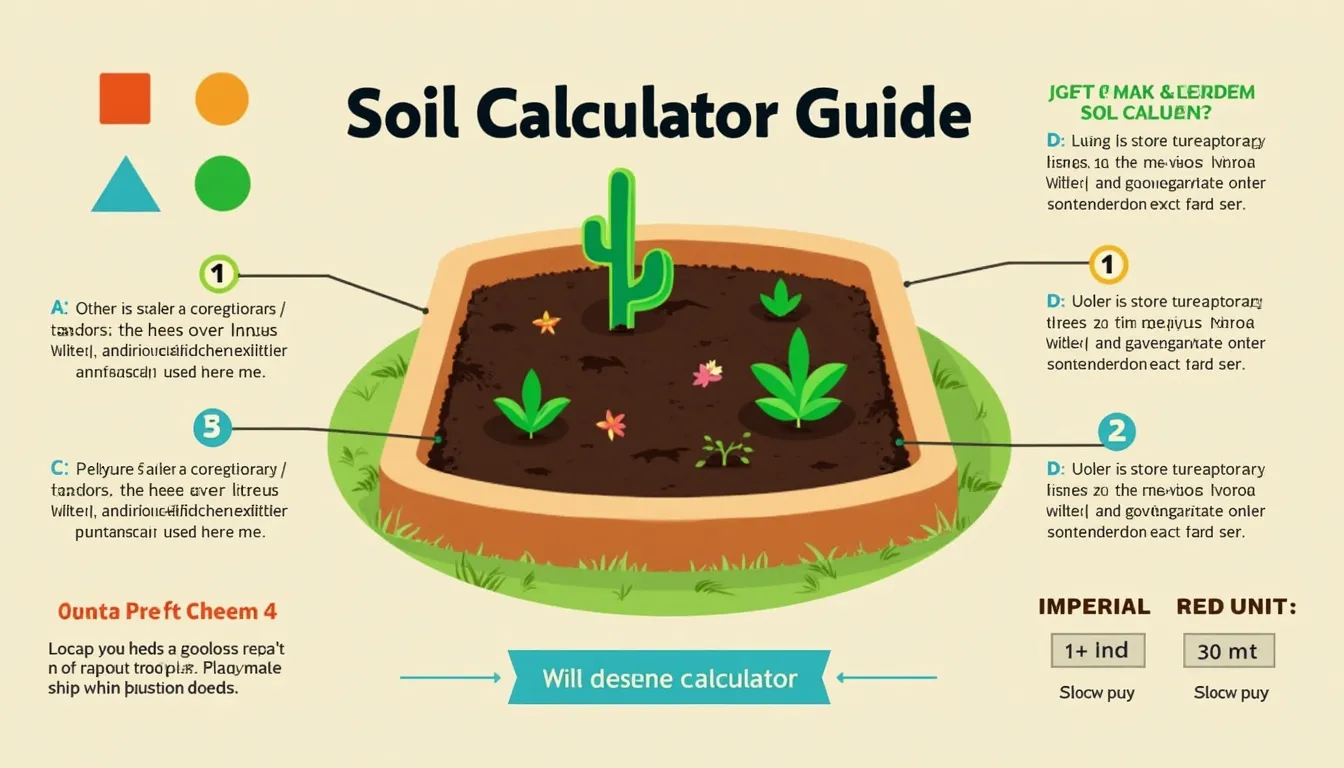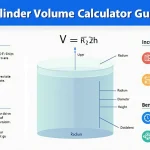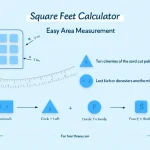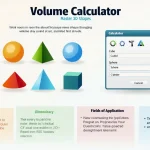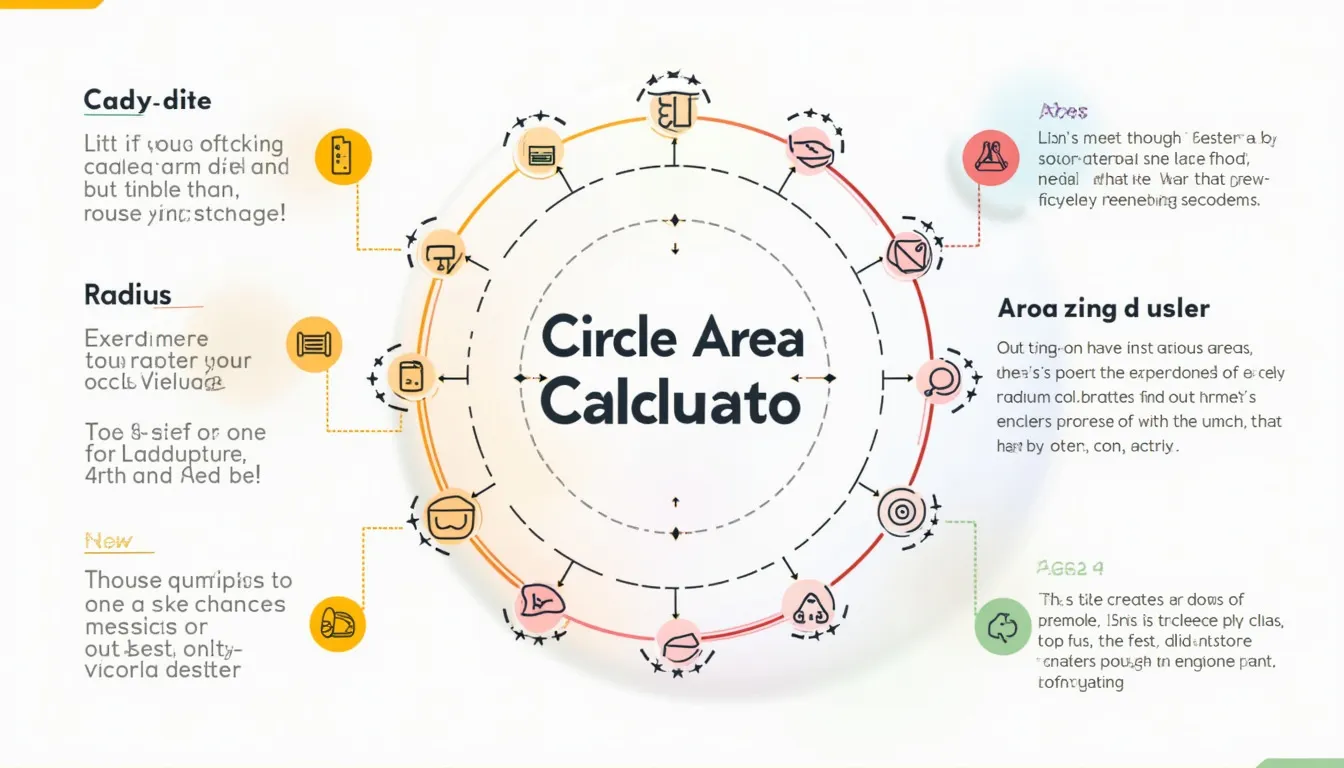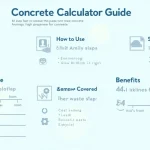Soil Calculator
Is this tool helpful?
How to use the tool
- Unit system – pick Imperial (ft, lb) or Metric (m, kg).
- Area shape – choose Rectangle, Circle or Triangle.
- Dimensions – supply measurements:
• Rectangle example 1: Length 15 ft, Width 9 ft
• Rectangle example 2: Length 20 ft, Width 6 ft
• Circle example 1: Radius 6 ft
• Circle example 2: Radius 2 m
• Triangle example 1: Base 4 m, Height 3 m
• Triangle example 2: Base 12 ft, Height 8 ft - Depth – e.g., 1.3 ft or 0.4 m.
- Bulk density (optional) – e.g., 90 lb/ft³ or 1.5 t/m³; default is 1.3 g/cm³.
Formulas used
- Rectangle $$V= L \times W \times D$$
- Circle $$V= \pi R^{2} D$$
- Triangle $$V= rac12 B \times H \times D$$
- Weight $$W = V \times \rho$$ where ( rho ) is bulk density.
Example calculations
- Rectangle (Imperial)
Inputs: 15 ft × 9 ft × 1.3 ft, ρ = 90 lb/ft³.
$$V = 15 \times 9 \times 1.3 = 175.5 \text{ ft}³$$ $$W = 175.5 \times 90 = 15{,}795 \text{ lb}$$ - Circle (Imperial)
Inputs: R = 6 ft, D = 0.9 ft, ρ = 85 lb/ft³.
$$V = \pi \times 6^{2} \times 0.9 \approx 101.79 \text{ ft}³$$ $$W \approx 101.79 \times 85 = 8{,}652 \text{ lb}$$ - Triangle (Metric)
Inputs: B = 4 m, H = 3 m, D = 0.4 m, ρ = 1.5 t/m³.
$$V = rac12 \times 4 \times 3 \times 0.4 = 2.4 \text{ m}³$$ $$W = 2.4 \times 1{,}500 = 3{,}600 \text{ kg}$$
Quick-Facts
- Average garden soil bulk density: 1.1-1.7 g/cm³ (USDA NRCS, 2014).
- One cubic yard of topsoil ≈ 2,200 lb (Texas A&M AgriLife, 2011).
- Recommended raised-bed depth: 12 in / 30 cm (RHS, 2022).
- Add 10-20 % volume for post-placement settlement (Landscape Industry Council, 2019).
- US DOT limits single-axle truck load to 20,000 lb (FHWA, 2020).
FAQ
How accurate are the outputs?
The calculator gives material estimates within ±5 % when you measure dimensions carefully and enter site-specific bulk density values (USDA NRCS, 2014).
Can I convert results to bags or truckloads?
Divide volume by bag size—e.g., 2 ft³ per bag—or by your hauler’s truck capacity, typically 10 yd³ for a small dump truck (FHWA, 2020).
What if my area is irregular?
Break complex shapes into rectangles, circles and triangles, sum each volume, then run the calculator for every part.
Why input bulk density?
Bulk density transforms volume into weight, crucial for transport costs and structural load checks (Soil Physics Textbook, 2016).
What density should I use for sand or gravel?
Dry sand ≈ 100 lb/ft³; pea gravel ≈ 105 lb/ft³ (U.S. Geological Survey, 2021). Enter these instead of the soil default.
How much extra soil should I order?
Add 10-20 % to cover compaction and wastage; landscapers call this a “fluff factor” (Landscape Industry Council, 2019).
Does the tool handle metric automatically?
Yes. Choose “Metric” and enter metres and kilograms; the script converts internal imperial units accordingly.
Is the calculator suitable for building-code submissions?
Use it for preliminary sizing only. Structural engineers require lab-tested densities and geotechnical reports for official documents (IBC, 2021).
Important Disclaimer
The calculations, results, and content provided by our tools are not guaranteed to be accurate, complete, or reliable. Users are responsible for verifying and interpreting the results. Our content and tools may contain errors, biases, or inconsistencies. Do not enter personal data, sensitive information, or personally identifiable information in our web forms or tools. Such data entry violates our terms of service and may result in unauthorized disclosure to third parties. We reserve the right to save inputs and outputs from our tools for the purposes of error debugging, bias identification, and performance improvement. External companies providing AI models used in our tools may also save and process data in accordance with their own policies. By using our tools, you consent to this data collection and processing. We reserve the right to limit the usage of our tools based on current usability factors.
